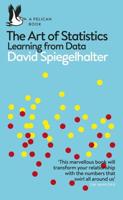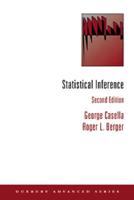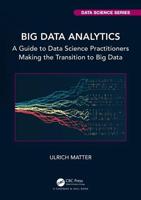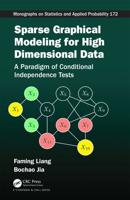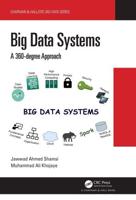Publisher's Synopsis
Excerpt from A Methodology for Manufacturing Process Signature Analysis
Most manufacturing processes are monitored for output quality, either continuously or on a sampled basis. Process monitoring is used to assess whether or not the process is performing its function adequately so that appropriate corrective action can be taken if necessary. Inputs to the process monitor include one or more measured attributes of the product or process which should re?ect the product's ability to perform its intended function.
As we strive to improve the quality of our manufacturing processes, we seek better monitoring and control systems. One approach is to utilize more sophisticated measurements. At every stage of even the simplest manufacturing process, there are many opportunities for quality measurements; involving process inputs (material thickness or temperature), process attributes (feed rate, Spindle speed or tool vibration), and measures of the process output (critical dimensions or surface finish). To monitor a larger process or a series of process steps, we could inspect the finished product or assess ultimate customer satisfaction through questionnaires or warranty information. The integration of computers into our manufacturing environment (cim) can certainly facilitate the collection of these different process measurements but the information by itself is not enough. In fact, without an appropriate procedure for the analysis and evaluation of this information, the resultant flood of data can confound process improvement efforts.
Our approach to process monitoring is called manufacturing process signature analysis. During each cycle, we measure one or more process signals and/or parameters over the duration of the process. We then analyze these measurements to determine the quality of the process iteration which just took place. Ideally, this quality classification would then be fed back through an appropriate controller to close the process control loop.
About the Publisher
Forgotten Books publishes hundreds of thousands of rare and classic books. Find more at www.forgottenbooks.com
This book is a reproduction of an important historical work. Forgotten Books uses state-of-the-art technology to digitally reconstruct the work, preserving the original format whilst repairing imperfections present in the aged copy. In rare cases, an imperfection in the original, such as a blemish or missing page, may be replicated in our edition. We do, however, repair the vast majority of imperfections successfully; any imperfections that remain are intentionally left to preserve the state of such historical works.


